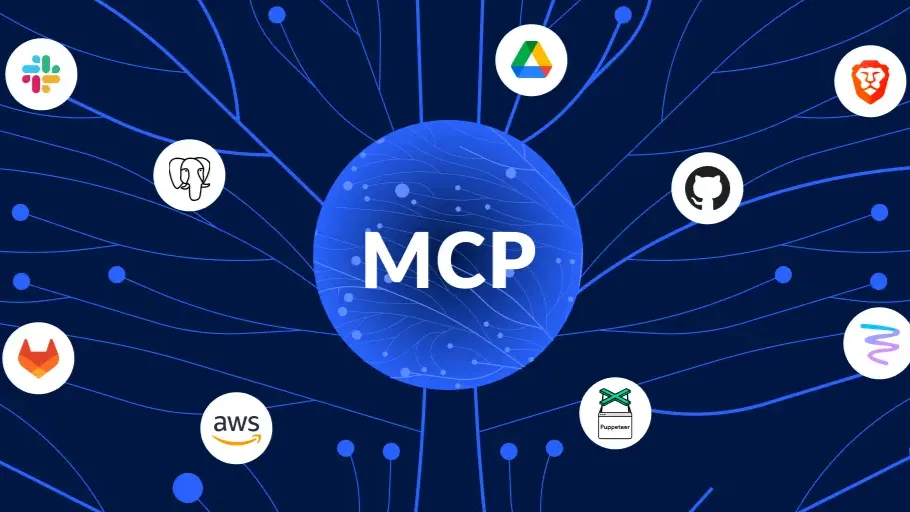
How to Use MCP in Cursor: A Step-by-Step Guide 🚀
Discover how to use MCP in Cursor to enhance AI-assisted coding. Learn how MCP improves code autocompletions, debugging, and multi-file awareness, making Cursor AI smarter and more efficient for developers. 🚀
The Model Context Protocol (MCP) is changing how AI-assisted coding works, and Cursor, one of the most popular AI-powered code editors, has integrated MCP to improve developer workflows. If you’re a developer using AI for coding, understanding how to use MCP in Cursor can help you write better code, debug faster, and enhance productivity.
In this guide, we’ll break down what MCP is, how Cursor benefits from it, and how you can use it effectively in your daily coding tasks.
🔍 What is MCP (Model Context Protocol)?
MCP, or Model Context Protocol, is a system that allows AI to remember context across different interactions. This means AI tools in Cursor can now track your project history, understand past interactions, and offer more relevant suggestions.
Key Benefits of MCP in Cursor:
✅ Smarter code completions – AI remembers what you’ve coded before.
✅ Better debugging – AI understands previous errors and helps fix them.
✅ Multi-file awareness – AI tracks functions and variables across files.
✅ Persistent context – Even after restarting Cursor, AI retains useful coding history.
🛠️ How to Enable MCP in Cursor
1️⃣ Install Cursor
If you haven’t installed Cursor yet, download it from:
🔗 Cursor AI Website
Once installed, open Cursor and sign in with your account.
2️⃣ Enable MCP in Cursor Settings
Cursor has MCP built-in, but you can optimize its functionality by tweaking a few settings.
🔹 Open Cursor Settings (Cmd + , on Mac or Ctrl + , on Windows).
🔹 Navigate to AI Settings.
🔹 Look for MCP (Model Context Protocol) or Persistent Context.
🔹 Enable it to allow Cursor to retain memory across files.
Now, MCP will help track your project’s history, code patterns, and errors for smarter AI assistance.
🚀 How to Use MCP in Cursor for Coding
Now that MCP is enabled, let’s explore how to use it effectively for coding, debugging, and improving workflow.
🔹 Smarter Code Autocompletions
Before MCP, AI could only suggest code based on the current file. Now, it remembers previous functions, variables, and patterns, making autocompletions more accurate.
💡 Example:
Imagine you previously wrote this function in a different file:
pythonCopierModifierdef fetch_user_data(user_id):
# Fetch user info from database
Now, in another file, when you type:
pythonCopierModifieruser_data =
Cursor remembers the function and suggests:
pythonCopierModifieruser_data = fetch_user_data(current_user.id)
🚀 Faster coding with relevant AI-powered suggestions!
🔹 Debugging with AI and MCP
Cursor tracks your past errors and suggests context-aware fixes.
💡 Example:
You run this code and get an error:
pythonCopierModifierprint(user_name)
MCP remembers the issue and suggests:
pythonCopierModifier# Fix: Define 'user_name' before using it
user_name = "Alice"
print(user_name)
This eliminates repetitive debugging by learning from past errors.
🔹 Multi-File Awareness in Projects
MCP allows AI to understand how different files interact in a project.
💡 Example:
If you have an API function in backend.py, and you’re working in frontend.js, Cursor remembers your API structure and suggests the correct function call.
🎯 Why MCP in Cursor is a Game-Changer
🚀 Using MCP in Cursor improves coding efficiency by:
✅ Tracking project history for smarter AI responses.
✅ Enhancing debugging with AI-powered error memory.
✅ Providing cross-file intelligence for large projects.
✅ Boosting productivity by reducing repetitive tasks.
If you’re a developer using AI, enabling MCP in Cursor is a must!
